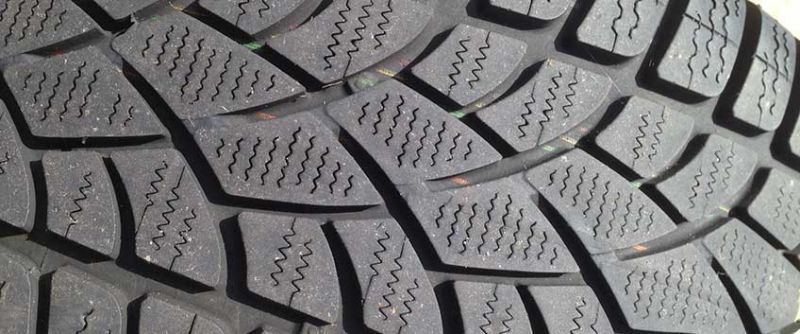It is almost Spring outside and, in case you are a driver, and we know you are, because you are reading this article, there is one thing more to do – change your winter tires to summer ones. However, there is this one (and a large one, to be honest) group of drivers that prefer not to change their tires and continue driving the winter ones despite the rising temperatures and the melting ice outside. This might sound a bit strange to you, in case you prefer to have the right tires for each season but believe us, you can spend a lot of money of still using the winter tires and save yourself the investment in summer ones. However, is this the best thing to actually do?
In this article, we are not planning to teach you why, how and when to change the tires of your car according to the season, but we are planning to help you understand some facts regarding the different sorts of tires and want are the cons and pros of using your tires not according to the season. The old and used winter tires that you will not be able to use next winter season, often look pretty much good and hardly used, so in order to save some money, many drivers prefer to leave them on the car and continue using them in the warmer days. Is this the right thing to do depends on your own attitude toward the subject, what are your priorities, etc.
It is not a secret that car tire manufacturers are not strict about not using the winter times in summertime, while in fact, they make them be functional enough to use the tires all year round. However, as we already know, the features of winter and summer tires are different, while both types of tires work in a very extensive temperature spectrum.
What are the main differences between winter and summer tires?
First of all, the main feature of the texture of summer tires are the water drainage channels that guarantee the effective drainage of the water to ensure the needed traction and saving your car from the very dangerous aquaplaning. When it comes to your winter tires, they have a texture with deeper grapple and bigger channels softer rubber and when the temperature of the asphalt is higher, the tire becomes a bit less sturdy in case of sharp or unexpected breaking and turning. When manufacturing summer tires, manufacturers are using a harder rubber that ensures better traction and features better characteristics when high speed and higher temperature.
In case you decide to continue using your winter tires in Spring and Summer, here are some things to keep in account:
There is a significant difference in the breaking path of the winter and summer tires on warm and dry and wet asphalt. On dry and warm asphalt, the breaking path of a car with winter tires rises up with 4m, which is more than the width of a walkway, for example. The course resistance of winter tires is less than the one of the winter tires on warm asphalt, which means that when making a turn the car will be less sturdy. The materials used for manufacturing winter tires are not planned for warmer weather and high speed, which means that using the winter tires in the summertime may lead to deformation and breaking of the rubber.
In the warmer months of the year, some risky situations may appear not only in sunny and warm days but especially when it is raining and when the raindrops mix with the dirt and dust on the asphalt and a very thin layer of soil is formed on the top of the asphalt. When testing the braking qualities of used winter tires in the above-mentioned conditions, the breaking path is rising up to 60% and this can lead to a lot of risks, especially in case of extreme breaking.
On a slightly wet asphalt, the breaking path of worn winter tires is 50km/h, when a car with summer times has a breaking path of 80 km/h. Another risk in warmer days is the aquaplaning. One of the advantages of summer tires is the good and effective water drainage, while winter tires often do not feature this quality because it is not expected much water on the roads in wintertime. For example, the water volume that a winter tire can handle is around 43 litres in a second with a speed of 75 km/h.
